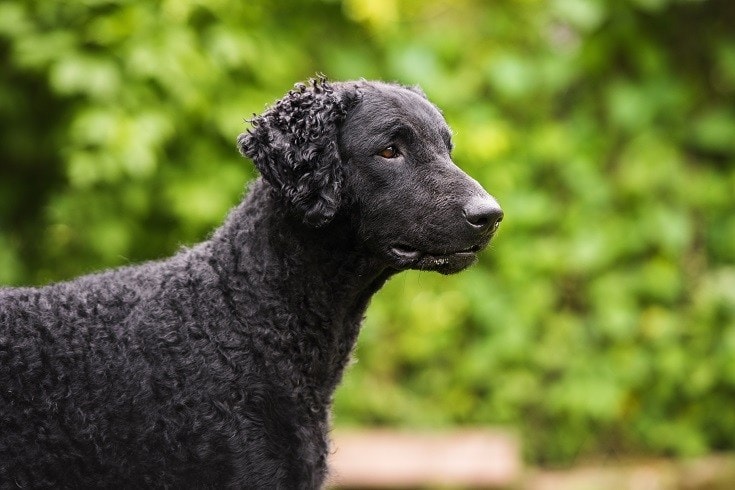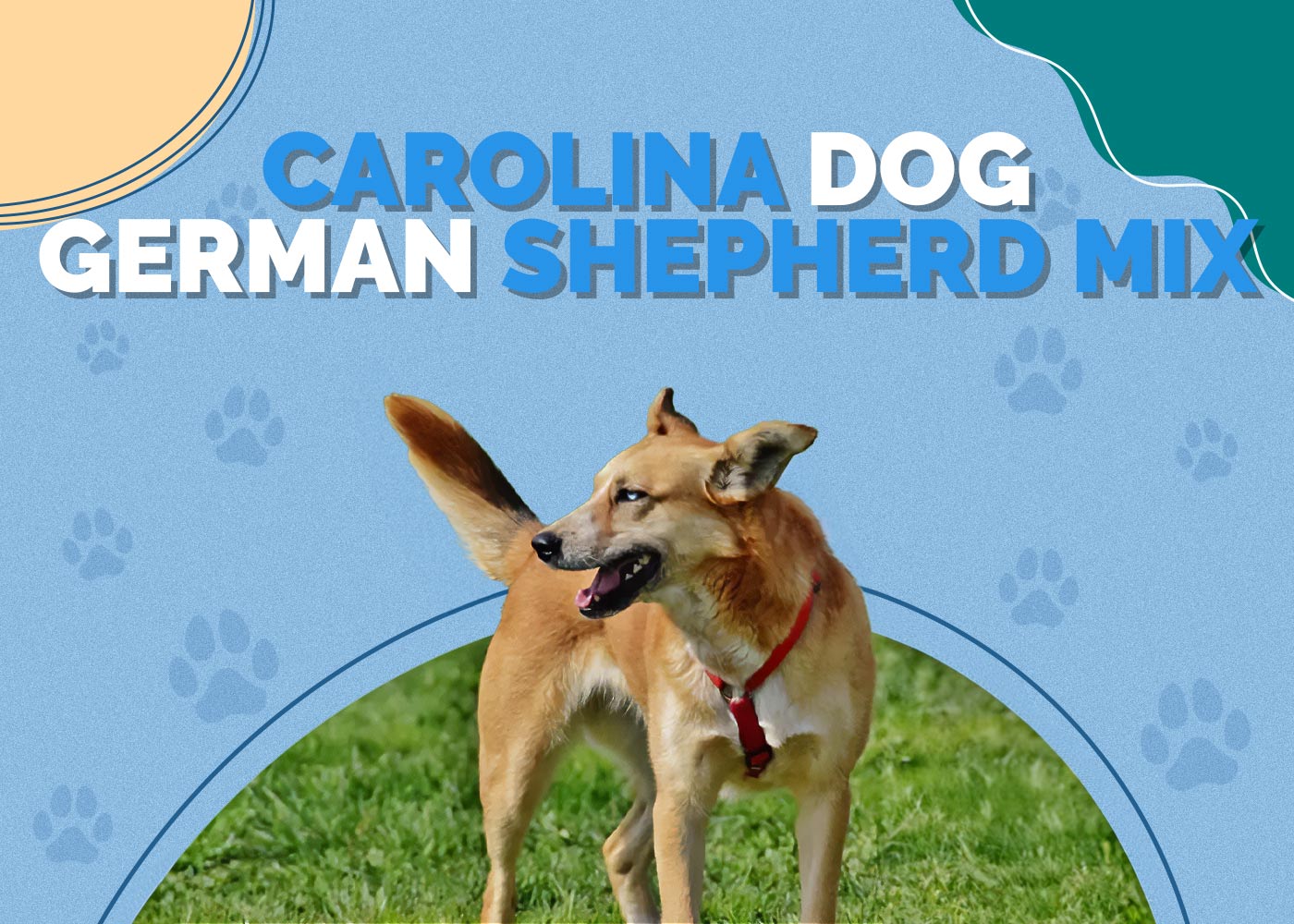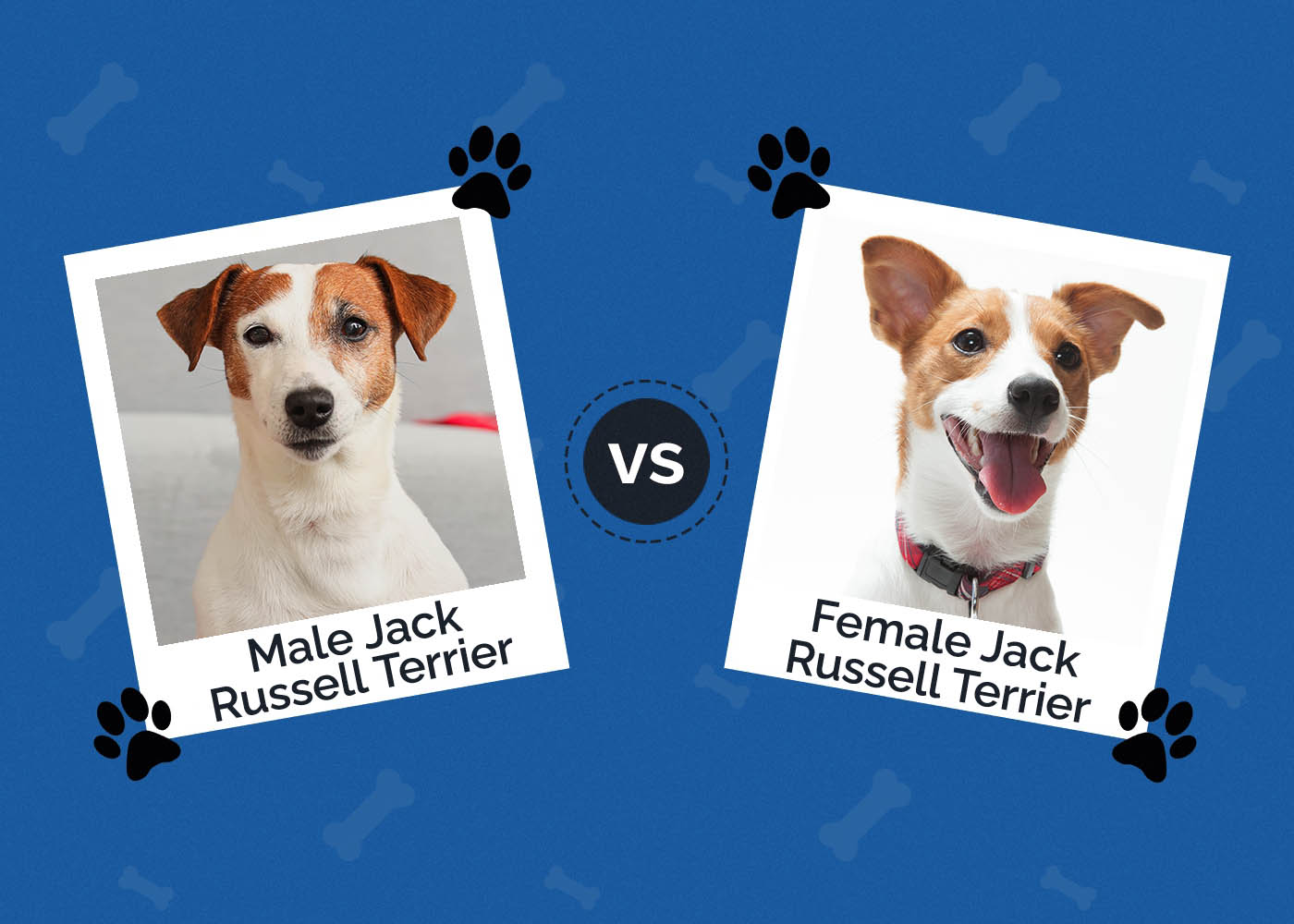German Shorthaired Pointer Breed Info: Pics, Traits, Facts

Updated on
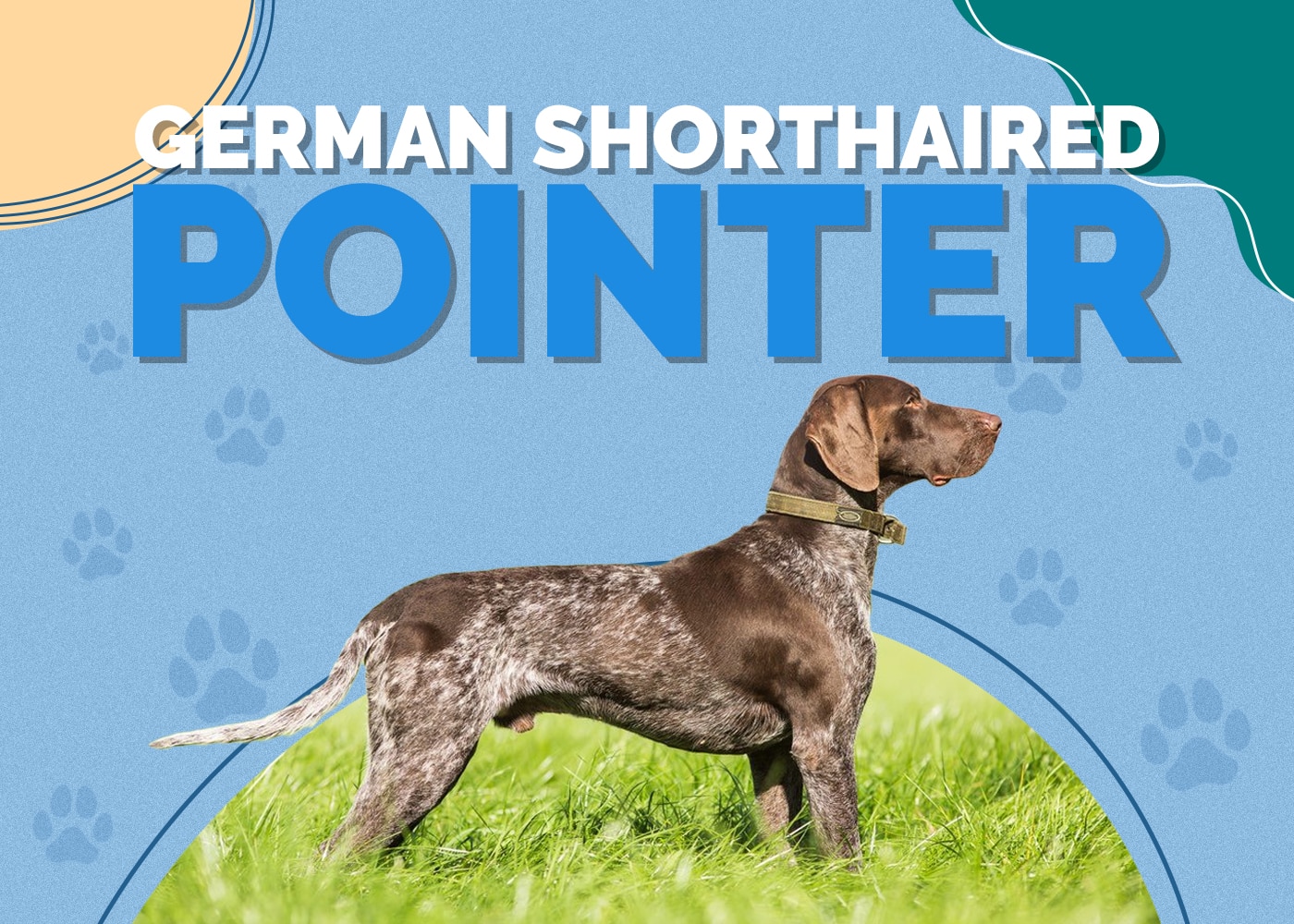
Height:
23–25 inches
Weight:
55–70 pounds
Lifespan:
12–14 years
Colors:
White, liver, roan, black
Suitable for:
Hunters, those looking for an active and friendly dog
Temperament:
Easygoing, energetic, friendly, talkative, happy
Sometimes the best way to learn about a dog is how it’s portrayed in cartoons. The German Shorthaired Pointer (GSP) is a great example of this because they look like the stereotypical hunting dog you’d see in an episode of Looney Tunes.
The fact is that these pups do make fantastic gundogs. However, they’re not used for that much anymore, so instead, people keep them around for one simple reason: They also make fantastic pets.
Despite their charming disposition, many people still don’t know much about these dogs. If you’d like to learn everything worth knowing about this breed, the guide below will fill you in on all the pertinent details.
German Shorthaired Pointer Puppies
As you might expect, given their name, German Shorthaired Pointers were originally bred to be hunting dogs. They’ll track down game and then go stiff in a “pointing” posture to alert the hunter of their prey’s location.
There’s not as much call for their expertise nowadays, but their other fine qualities—like their agreeable nature and playful disposition—make them wonderful companions.
They’re extremely energetic, though, so owning one may be a challenge for some owners. If you’re not prepared to spend quite a bit of time playing with and training one of these dogs, you’re better off bringing home a lower-maintenance breed.
A Brief History of the German Shorthaired Pointer
Germany boasts quite a bit of open land that blends into forest, and as a result, there’s all manner of game to be hunted. A few noblemen —most notably, Prince Albrecht zu Solms-Braunfels — wanted a dog that was capable of hunting anything they came across, whether birds, foxes, rabbits, or even wolves and wild boar.
Most Germans hunted on foot, so any dog they used needed to have the discipline to locate its quarry and stand still. After all, if they gave chase, all they would do is cause it to run out of rifle range. To build this perfect hunting dog, several different breeds were mixed, including Spanish Pointers, English Pointers, Hanoverian Hounds, and French Gascons.
Eventually, the modern German Shorthaired Pointer emerged. This dog was powerful and athletic, which made it capable of working all day and handling any animal it came across. It was also intensely focused, so it wouldn’t lose sight of its prey before its humans arrived. In short, it was the ideal hunting companion—and it also turned out to be an incredible pet too.
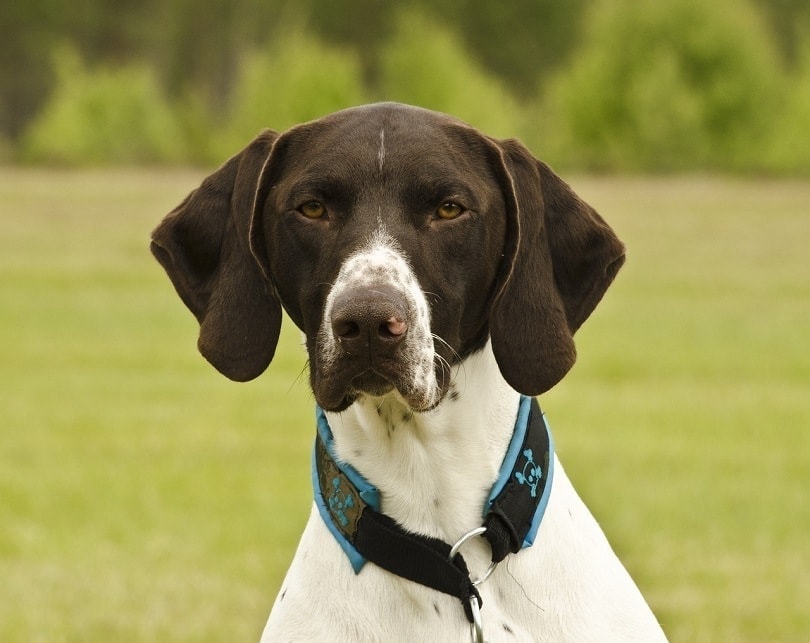
3 Little-Known Facts About the German Shorthaired Pointer
1. They Excel in the Water
While they’re best known for being able to track prey, these dogs love to spend time in the water. They have water-resistant coats and webbed paws, so they can swim with the best of them.
They’ll love spending time at the lake or beach, so taking them to the water is a great way to burn off some of their excess energy.
2. They’re Often Used as Bomb-Sniffing Dogs
They may not be used to track down prey as much as they used to, but the military and law enforcement have found a way to take advantage of their natural skills.
They’re often used as bomb-sniffing dogs at large gatherings and other important events, as their keen senses and powerful noses make them great at finding bombs, not to mention non-explosive contraband.
3. They Can Dominate Almost Any Competition
These dogs are natural athletes, so they tend to perform well in agility trials and other canine competitions.
Their high energy levels, muscular bodies, and razor-sharp focus help them excel in competitive events. These events also give them a natural outlet for their energy, so they’re as rewarding for their owners as they are for the dog.
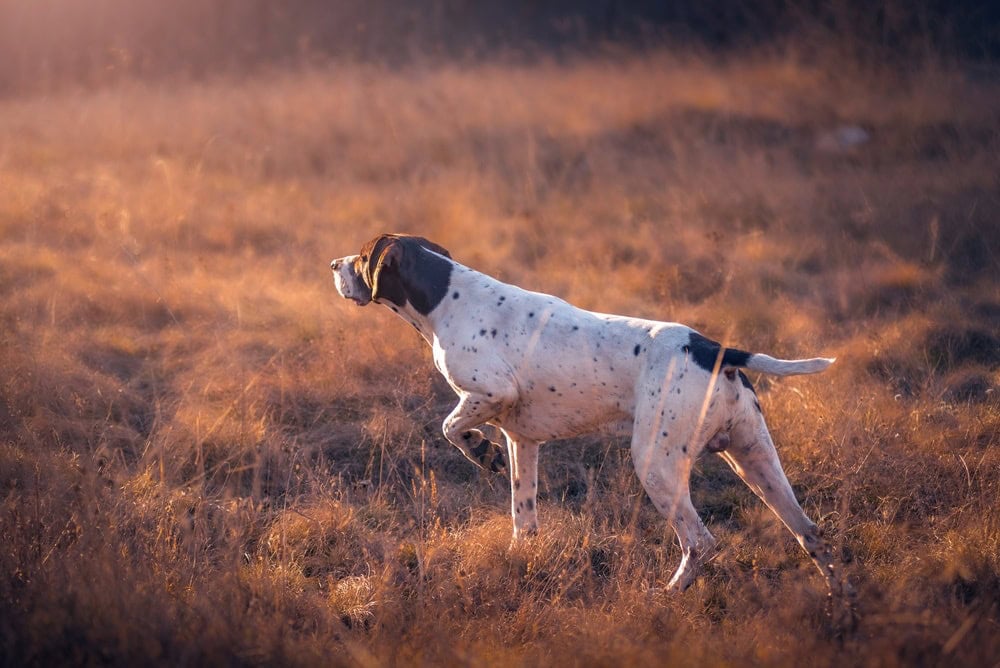
Temperament & Intelligence of the German Shorthaired Pointer 🧠
GSPs love to have a job to do, but they also love to goof around with their families. There’s nothing they like better than spending hours running around the yard with their favorite humans. Nothing escapes their attention, so they can make competent guard dogs, as they’ll raise the alarm as soon as they notice something out-of-sorts. However, they’re too friendly to chase bad guys away, so that part will be left up to you.
These dogs are intelligent, and that intelligence often manifests as hyper-competence. Simply put, they’re good at anything they put their minds to. However, they often demand that same perfectionism from others, including their owners. They can be a handful to train, which is why they may not be ideal for first-time owners.
They crave a challenge too, so if you feed them a steady diet of routine, they can quickly become bored and start tuning you out. You’ll need to mix things up regularly to keep them engaged.
Are These Dogs Good for Families? 🏡
German Shorthaired Pointers can make fantastic family pets, and they’re so energetic that you may need your entire brood to get involved in tuckering them out.
They’re good with children, but it sometimes takes them a bit to learn the boundaries of healthy play. As a result, you may not want to have them around very small kids, as their natural rambunctiousness may get out of hand and cause minor injuries.
They need a large amount of room to run and play, so they’re not really suitable for apartment life. Besides, you’ll want all that extra space when you see just how much energy these dogs have. GSPs love to be involved in everything you do, so if your family loves to hike, go to the beach, or do anything active, it will be easy to integrate one of these pups into your existing lifestyle.
However, if you prefer to stay at home all day and watch Netflix, these dogs will not hesitate to express their displeasure with your life choices.
Does This Breed Get Along with Other Pets? 🐶 😽
Given their seemingly insatiable appetite for play, GSPs generally welcome other dogs. No matter the size or breed, they simply see one thing: a potential playmate. It’s best to introduce them as puppies if possible, though.
If you can afford to have two dogs, then getting a second pooch may be a good idea. The other dog can then take the bulk of the workload when it comes to burning off all that GSP energy. Having cats and other pets in the same house as a GSP isn’t nearly as good of an idea, though. These dogs have tremendous prey drives, and they’ll likely see smaller, non-canine animals as quarry rather than friends.
If you live in a rural area and leave your dog outside unattended, don’t be surprised if they bring home rats, squirrels, birds, and other small animals. These pooches are great hunters, and you never know what they’ll find in your backyard.
This can make walking them an adventure. While many other breeds can be oblivious to things like squirrels and raccoons, GSPs are almost certain to notice them—and that means they’ll want to chase them. Keep them on a tight leash at all times.
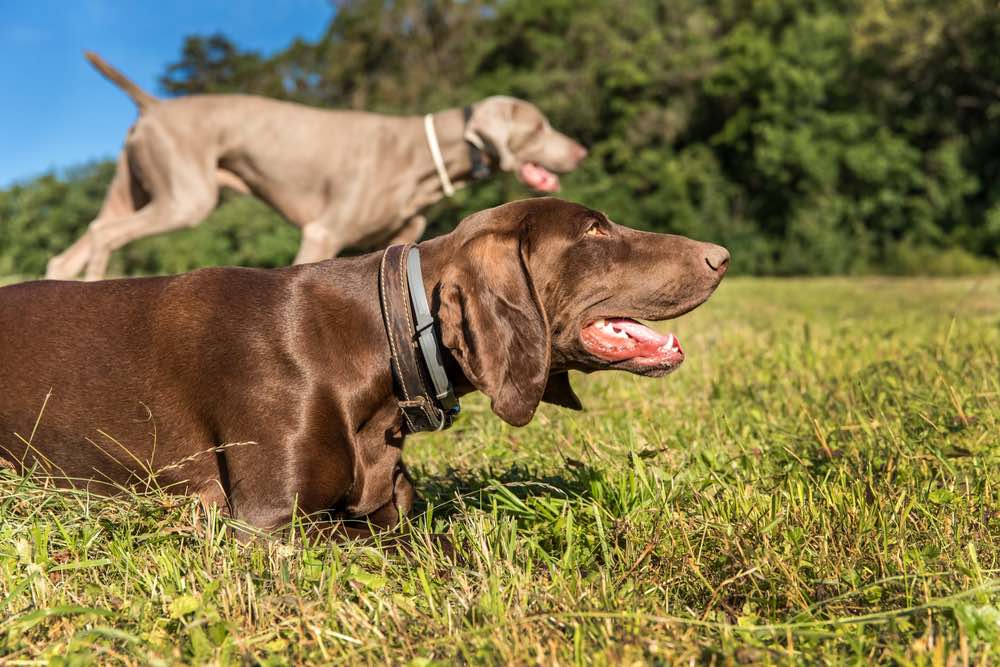
Things to Know When Owning a German Shorthaired Pointer
German Shorthaired Pointers can be a tricky breed to own, so you must do your research before adopting one. Below, we’ve rounded up the most pertinent information you’ll need before bringing one home.
Food & Diet Requirements 🦴
GSPs need a food that’s capable of keeping them fueled all day long, which usually means one that’s high in protein. Look for one that has a variety of lean meat sources, and avoid those with animal by-products or other questionable ingredients.
Watch out for cheap fillers like wheat, corn, or soy, as these will give them a short burst of energy without adding much nutrition. They can also lead to weight gain, which isn’t something you want with this breed. You may need to spend a little more to find a suitable kibble, but it will be well worth it in terms of their health. After all, a few extra bucks a month pales in comparison to a pricey surgery down the line.
Feed them two portion-controlled meals per day, and don’t go overboard with treats.
Exercise 🐕
GSPs are exercise addicts. They will find a way to burn off their excess energy, with or without your help—and trust us, you’ll want it to be with your help. If left to their own devices, they will invent new ways of destroying things, so it’s best if you can supply them with all the exercise they need.
That means at least an hour of vigorous activity per day, but preferably more. A calm, slow walk won’t cut it either; these dogs need to run, jump, and use their brains. That’s why you’ll see so many GSPs at agility competitions—the sport is ideal for tuckering out these dogs. It forces them to think about what they’re doing while also allowing them to run at full speed.
Swimming is another great way to burn off energy. It’s especially good for older dogs with joint problems, as it’s challenging but puts little strain on their bodies.
If you know that you won’t be able to give your GSP the activity they need on a given day, then it’s essential to make alternative arrangements. A dog walker is a good idea but may not be sufficient. It’s best if you have a good doggy daycare that you can use in a pinch.
Training 🦮
These dogs crave obedience training, but that doesn’t mean they’ll make it easy on you. They quickly pick up on commands, and once they’ve learned something, they can grow bored with repetition.
You’ll need to keep your training regimen varied and challenging, and you’ll have to be forceful and firm in order to command their respect. They tend to have a rebellious streak around 6 months of age; if they learn they can walk all over you at this time, you’ll find it much harder to control them as they get older.
You can take advantage of their natural hunting instinct by incorporating it into training. Hiding treats and toys for them to find is a great way to build a bond between owner and dog, and it also taxes their minds and bodies simultaneously.
First-time owners may struggle to command this breed. We’re not saying that they’re only suitable for experienced dog owners, but you shouldn’t hesitate to enlist professional help if you’re not confident in your training abilities.
The good news is that if they respect you, they’ll do just about anything you ask—and a well-trained GSP is truly a sight to behold.
Grooming ✂️
GSPs are low-maintenance dogs. Their short coats don’t shed much, and you can get by with just the occasional brushing. The biggest issue that you’ll need to be aware of is their ears. They’re prone to infections, so you’ll want to clean them out every week at least. It’s also important that you dry them thoroughly if they’ve been in the water.
Keeping their teeth clean is also important. You should trim their nails as needed, but these dogs are so active that they often file their claws down naturally.
Health Conditions ❤️
These dogs are so active that they’re usually quite healthy. However, there are definitely a few conditions that often crop up in this breed, so it’s best to know what to look for.
- Entropion
- Cherry eye
- Dermatitis
- Cataracts
- Progressive retinal atrophy
- Acral mutation syndrome
- Lupus
- Cancer
- Hip dysplasia
- Von Willebrand’s disease
- Bloat
- Epilepsy
- Subvalvular aortic stenosis
Male vs Female
Males are usually noticeably bigger than females, as they’re often a couple of inches taller and as much as 25 pounds heavier. Males are usually stockier, while the ladies have thinner, more streamlined bodies. In terms of health, males are more prone to mouth issues, infections, and tumors. Females suffer from kidney and bladder problems more often.
Males can be clingier than females, and they’ll be more likely to stick by your side at all times. That doesn’t mean that a girl dog won’t be affectionate, just that it has to be on her terms. She’ll likely let you come to her rather than drowning you in attention.
Final Thoughts
The German Shorthaired Pointer is the epitome of a working dog. They love to stay busy and active, and they will always look to their owner for guidance. Even so, they make great pets, and they’ll almost certainly get along with every member of the family.
That doesn’t mean that GSPs are right for everyone, though. They have tremendous energy levels, and some owners may not be up to the task of tuckering them out. They can also be a challenge to train, so it’s important to be sure you’re capable of handling them before you adopt one.
Any owner who can earn this breed’s respect will have an incredible dog on their hands, though. Just know that owning one will mean you’ll have to stop watching sports and start participating in them.
Featured Image Credit: Burry van den Brink, Shutterstock





